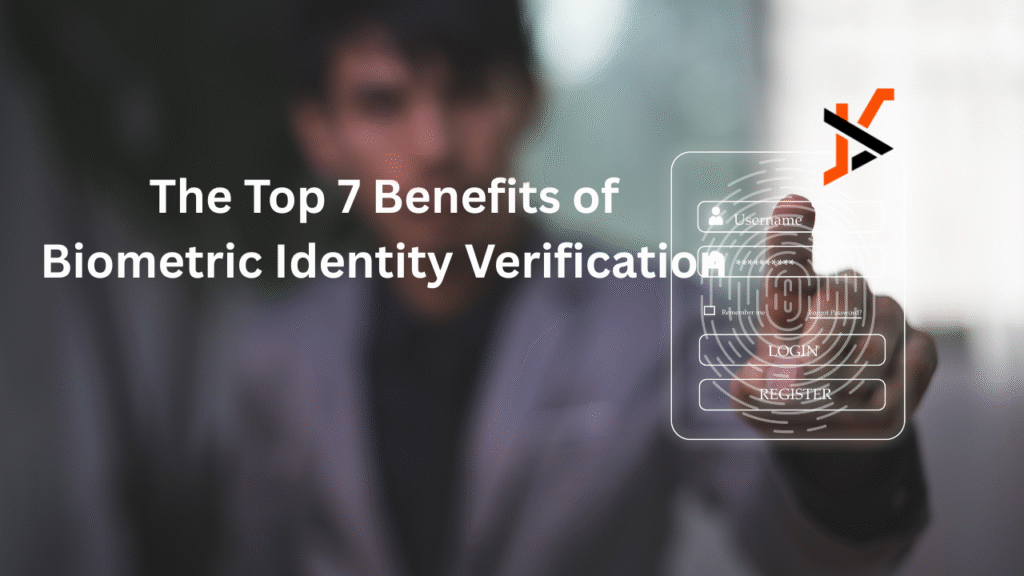Biometric identity verification is transforming how businesses confirm who people are. By using facial recognition, fingerprints, or voice patterns, it ensures faster, more reliable results than traditional methods.
It helps organisations stay compliant, cut costs, and deliver a smoother experience for customers and employees alike. Read along to see how biometric identity verification can enhance accuracy, security, and trust in your business.
Greater Accuracy and Security
Conventional verification methods, like passwords or ID scans, can be vulnerable to fraud and manual mistakes. Biometric verification eliminates this risk by relying on unique physical characteristics that are extremely difficult to replicate.
Whether it’s facial recognition or fingerprint matching, the system confirms the person’s identity with exceptional precision, helping prevent impersonation and document tampering.
Faster Onboarding Process
Manual checks often slow down onboarding, especially when documents need to be reviewed by staff. With biometric verification, identities can be confirmed within seconds, allowing customers to register or employees to be onboarded without unnecessary delays.
Instant verification means compliance teams spend less time reviewing paperwork and more time focusing on higher-value tasks.
Enhanced Customer Experience
People value simplicity when verifying their identity. Biometric systems make it easy to complete identity checks securely using a smartphone or webcam. This method removes the need to submit multiple documents or wait for manual approvals, offering a quick and intuitive process that leaves users feeling confident and valued.
A seamless experience also reflects positively on the organisation’s reputation for professionalism and trust.
Stronger Compliance and Fraud Prevention
Biometric verification helps businesses stay compliant with strict regulations by ensuring each identity is genuine and verified to a high standard. It can be integrated with additional checks, such as proof of address and sanctions screening, to meet regulatory obligations in full.
This layered process reduces the risk of fraudulent activity and ensures records are audit-ready at all times.
Reduced Human Error
Manual verification often depends on visual comparison, which can vary between individuals. Automated biometric systems use advanced technology to maintain consistent accuracy with every check.
This removes the element of human error and ensures that each verification is conducted with the same level of precision, improving reliability across compliance workflows.
Real-Time Verification and Accessibility
Biometric identity verification offers instant results and stores data securely for future access. Compliance teams can review completed verifications online whenever needed, track progress, and maintain a clear audit trail.
Real-time confirmation not only accelerates decision-making but also gives teams full visibility and control over ongoing identity processes.
Cost and Efficiency Gains
Automating verification through biometric technology significantly cuts down on administrative costs. There’s less paperwork, fewer delays, and minimal need for manual reviews. Businesses benefit from faster onboarding, greater accuracy, and reduced risk of non-compliance penalties.
Over time, these improvements lead to meaningful savings and more efficient operations overall.
Final Word
Biometric identity verification gives businesses a dependable way to verify individuals while improving user experience, and meet regulatory standards. It strengthens data security, saves time, and enhances trust between organisations and their clients.
As regulations and technology continue to advance, adopting biometric verification is an effective way to stay compliant, efficient, and future-ready.

